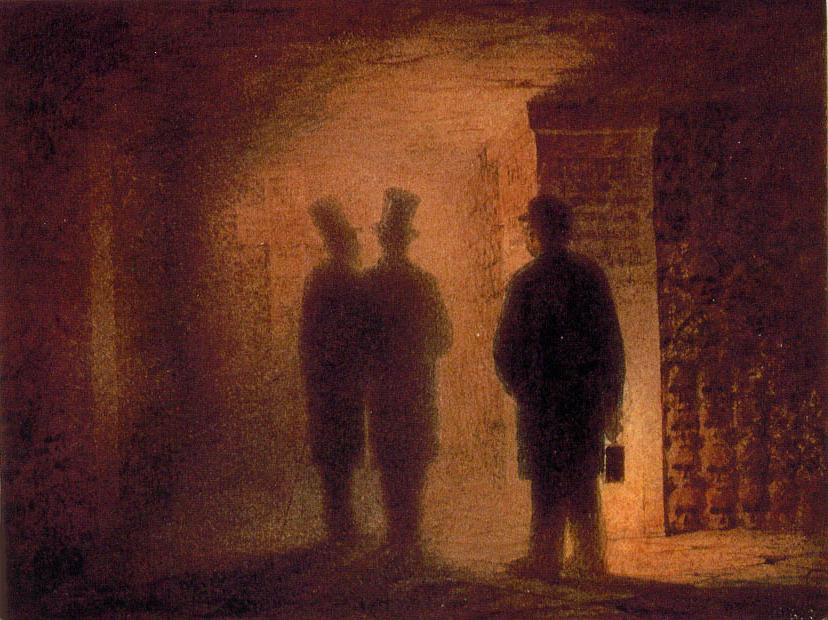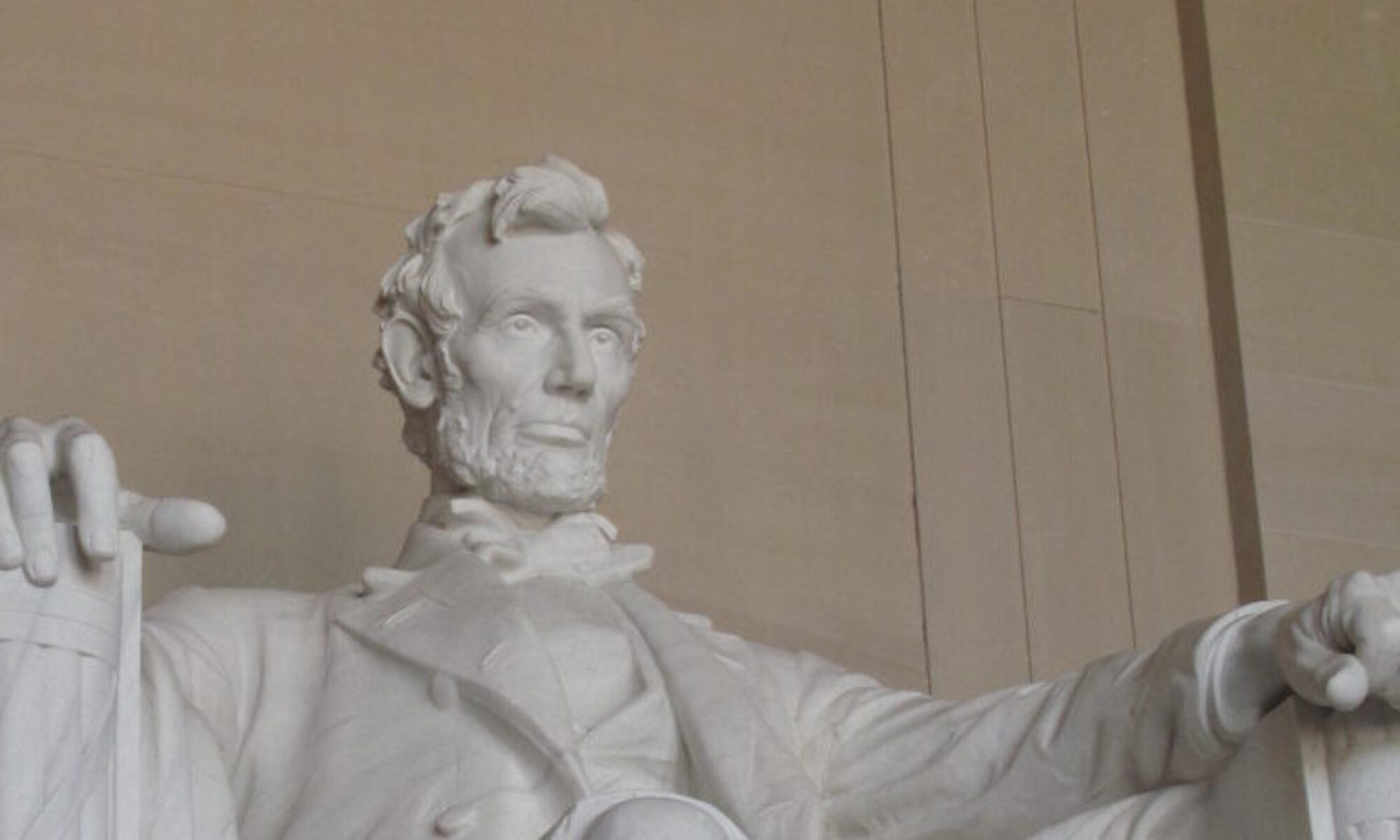 By 1874, Modest Mussorgsky was experiencing a decline all too common to the Russian story. Once considered an icon of Russian musical compositional expression, the dual stresses of age pummeled by an all encompassing allegiance to alcohol (so vividly expressed in the ruborous proboscis highlighted in Repkin’s telling portrait of Mussorgsky)
By 1874, Modest Mussorgsky was experiencing a decline all too common to the Russian story. Once considered an icon of Russian musical compositional expression, the dual stresses of age pummeled by an all encompassing allegiance to alcohol (so vividly expressed in the ruborous proboscis highlighted in Repkin’s telling portrait of Mussorgsky) had brought progressive detachment and eventual separation from his governmental subsidy as a national composer, and the inevitable slide into obscurity. Mussorgsky had once been secure as a member of the “Big Five”, along with Borodin, Rimsky-Korsakov, Cui, and Balakirev, a group of Russian composers who determined to express musically a Russian nationalist identity cloaked in Russian history linked to musical impressionism and based on classic conservatory rules of composition. But genius is not always successfully muzzled by personal neglect, and 1874 produced a very special jewel of Mussorgsky’s soaring creativity in the Piano suite, Pictures At An Exhibition that has outlasted many of his fellow compatriots compositions in the esteem of the musical public and the performers who bring it to life again and again.
had brought progressive detachment and eventual separation from his governmental subsidy as a national composer, and the inevitable slide into obscurity. Mussorgsky had once been secure as a member of the “Big Five”, along with Borodin, Rimsky-Korsakov, Cui, and Balakirev, a group of Russian composers who determined to express musically a Russian nationalist identity cloaked in Russian history linked to musical impressionism and based on classic conservatory rules of composition. But genius is not always successfully muzzled by personal neglect, and 1874 produced a very special jewel of Mussorgsky’s soaring creativity in the Piano suite, Pictures At An Exhibition that has outlasted many of his fellow compatriots compositions in the esteem of the musical public and the performers who bring it to life again and again.
Pictures At An Exhibition was created by Mussorgsky as an inspired interpretation of his experiences viewing a St. Petersberg exhibition of paintings by his friend, artist Viktor Hartmann, who had died suddenly from an aneurysm in 1873. Both artist and composer were devout adherents to the concept of a Russian identity in art, and Hoffman’s death effected Mussorgsky deeply. The musical concept came to Mussorgsky rapidly, the idea of a ‘promenade’ of musical motifs reflecting the viewer’s walk down a promenade of paintings, rising and falling in a perfect blending of colors and mood, as the viewer left one painting and came upon another.
The suite lent itself to a number of interpretations, but came to maximum fruition when it came upon another musical genius 50 years later, Maurice Ravel, who determined to bring his gifts of orchestral scoring to Mussorgsky’s masterpiece. Ravel, a master of orchestral color, blew out the limitations of the piano to inflect nuances, shades, spectacle and ominous emotional power to each painting, with the orchestra becoming the vibrant color and expression of each scene and painting character.
Pictures At An Exhibition is as a result very much a work of art that allows musical artists to bring the elements of creation of art to the forefront, and our collective awe as an audience to what music is capable of stimulating within our brains. The best expression of this phenomena, is what is created when a genius composition is interpreted by a master colorist, and performed by a master conductor and orchestra at the height of their powers. From the early 1970’s to Sir George Solti’s death in 1997, the Chicago Symphony Orchestra was felt to be the world champion of musical virtuosity and blunt orchestral power, led by Solti’s intense and dazzling vision of what was meant by being known as the greatest assembled group in classical music. A very special gift is available to us on the the internet that ties this all together, in a Chicago Symphony performance of Pictures in which the incredible preparation of the orchestra and Solti are lovingly reproduced, followed by the dazzling performance. Worth every second of viewing, it is the perfect vehicle into the artist’s mind, and the magnificent creative impulses that humans are capable of, in creating greatness for which we all are immeasurably benefited.

Do you remember the Emerson, Lake, and Palmer version? : )